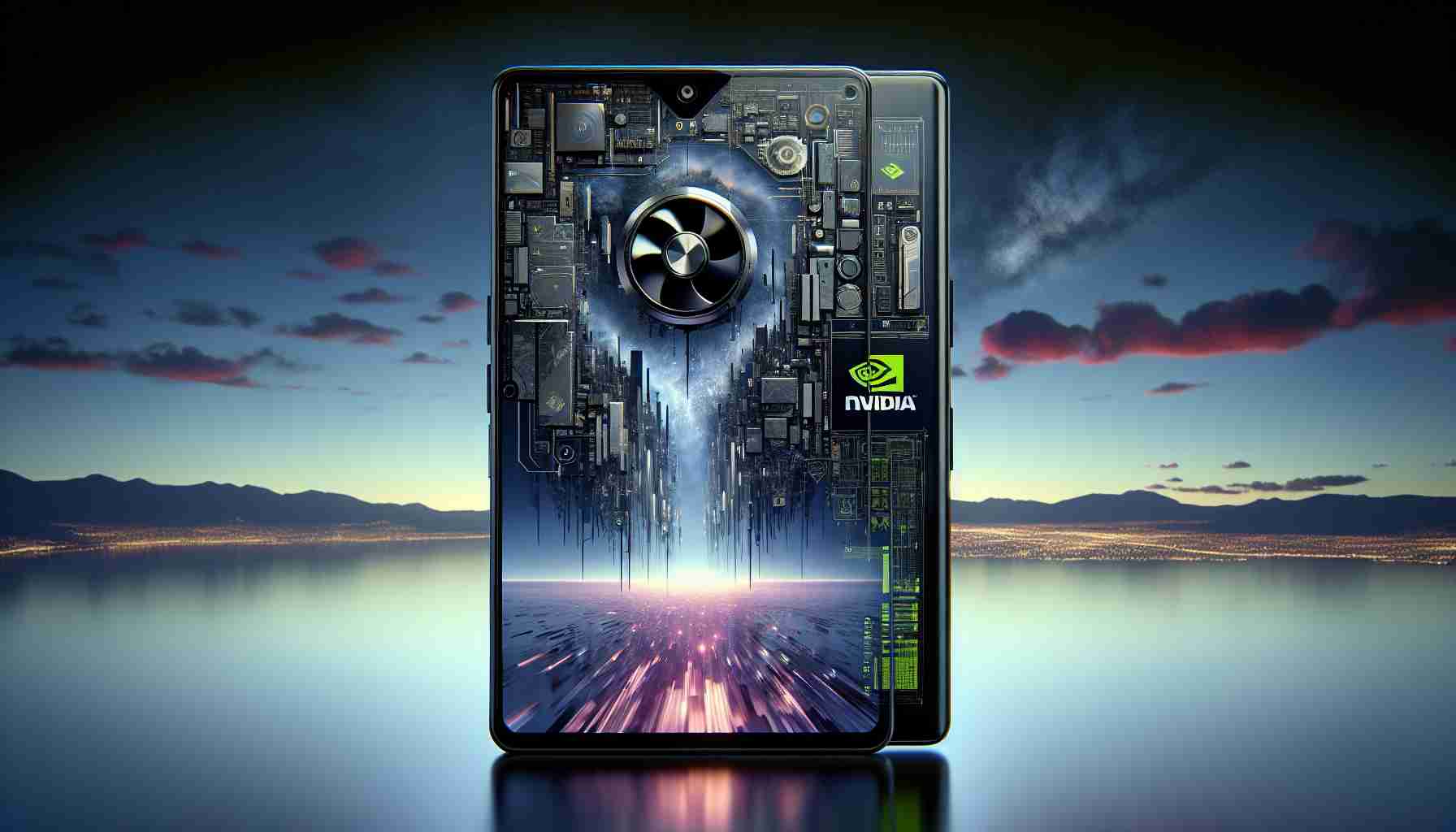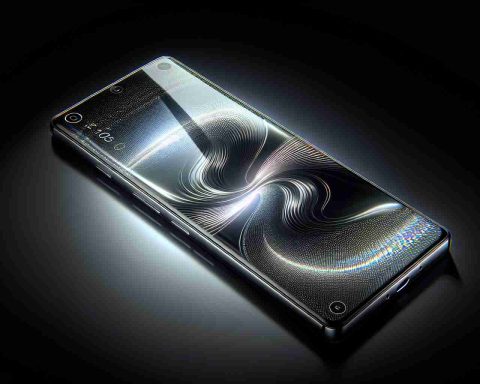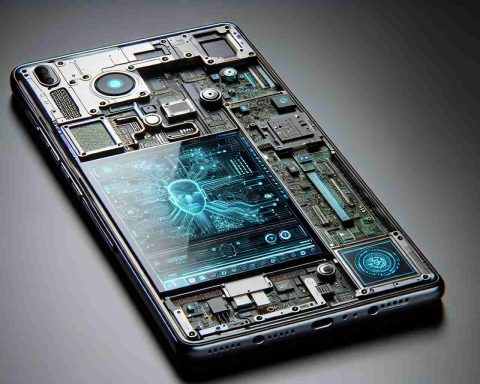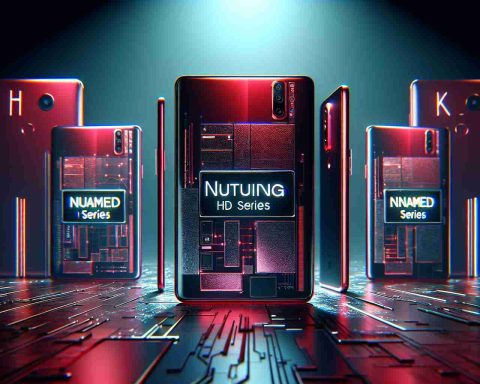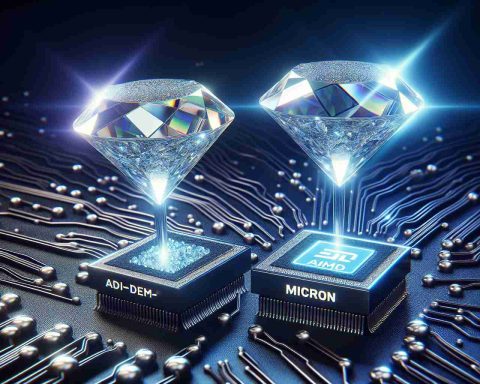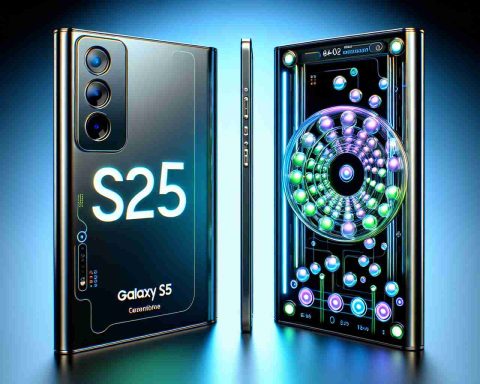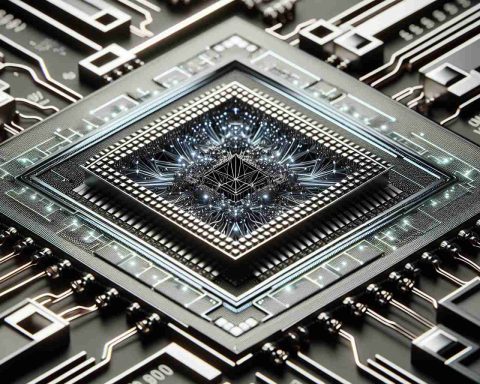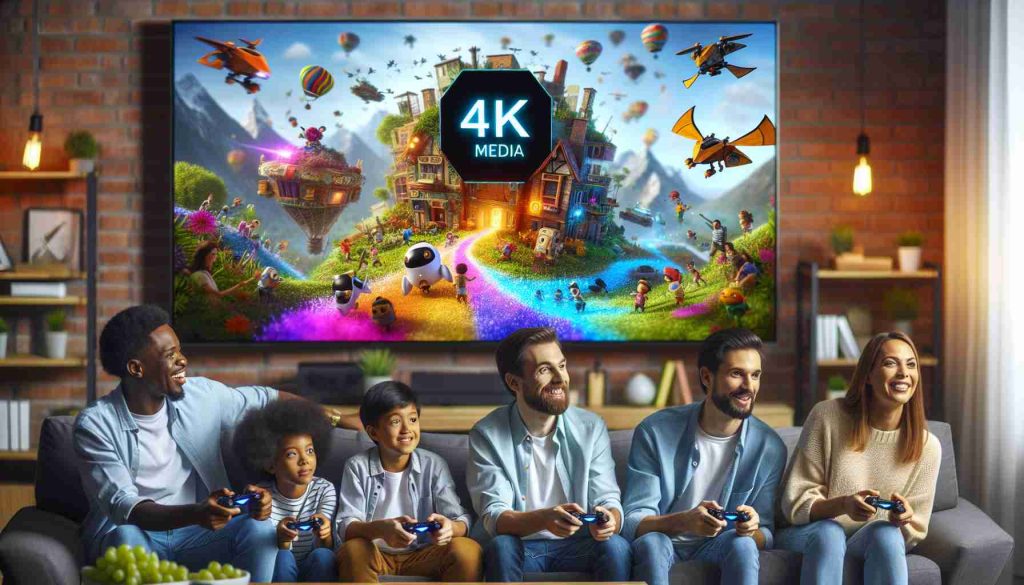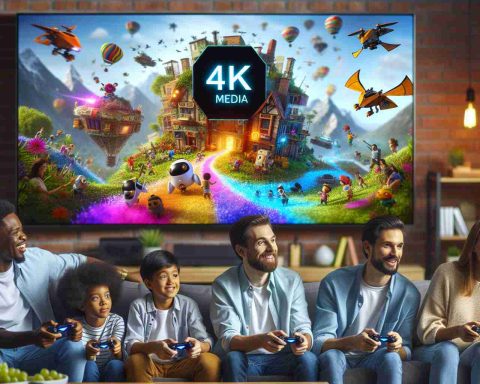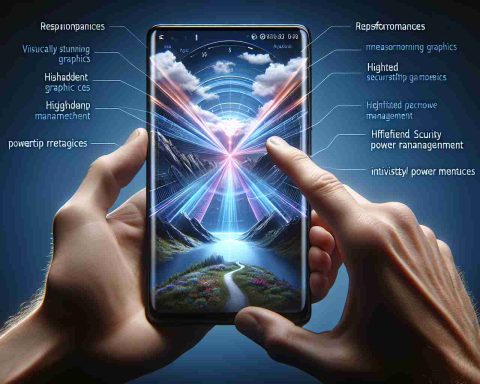In a surprising twist, NVIDIA is setting its sights on the smartphone industry, an unexpected expansion from its stronghold in gaming and AI technology. Known for its graphics processing units (GPUs) that power some of the world’s most advanced gaming systems and AI applications, NVIDIA is rumored to be developing cutting-edge solutions for mobile devices.
Recent industry whispers suggest NVIDIA’s exploration into mobile technology could involve integrating its powerful GPU technology into smartphone processors, potentially revolutionizing mobile gaming and AI-driven applications. As smartphones increasingly demand higher performance for virtual reality, augmented reality, and advanced gaming experiences, NVIDIA’s expertise could be a game-changer.
The implications of NVIDIA’s move for smartphone makers and users are significant. By incorporating NVIDIA’s GPU solutions, smartphones could see significant boosts in graphics quality, speed, and overall performance, giving developers more freedom to create more sophisticated apps. This would cater to a rapidly growing market of users who crave more from their handheld devices, blurring the lines between traditional gaming consoles and mobile devices.
NVIDIA’s entry into the smartphone sector could potentially disrupt the current market, currently dominated by giants like Qualcomm and Samsung in mobile processors. With its proven track record in innovation, NVIDIA’s involvement may catalyze a wave of new developments, leading to an exciting era where smartphones offer unprecedented experiences. As we look toward the future, NVIDIA’s bold steps may very well redefine what’s possible in the palm of our hands.
Could NVIDIA’s Smartphone Ambitions Redefine Mobile Technology?
NVIDIA’s potential incursion into the smartphone market raises intriguing possibilities and numerous questions about the future of mobile technology. While NVIDIA is celebrated for its breakthroughs in gaming and AI, its entry into mobile technology could shake the industry’s foundations. But what does this mean for global users and industries alike?
Advantages and Disadvantages: The integration of NVIDIA’s renowned GPU technology into smartphones could set a new benchmark for mobile graphics and performance. Gamers, developers, and tech enthusiasts stand to benefit immensely from enhanced capabilities in fields like augmented reality and AI. This could also pave the way for new applications that push the boundaries of what’s conceivable on mobile platforms.
Yet, there are potential challenges. For smartphone manufacturers, the cost implications of incorporating advanced NVIDIA technology might lead to increased production expenses, potentially pushing up retail prices. Additionally, existing leaders like Qualcomm and Samsung may face heightened competition, possibly igniting trade tensions or market monopolies.
Challenges & Opportunities: How will traditional gaming consoles respond to this development? If smartphones begin mirroring console-level performance, we may witness a paradigm shift in how and where people choose to game. The implications for cloud gaming and mobile eSports could be enormous.
An often-overlooked aspect is the environmental impact. With demands for higher processing power, will the push for energy-efficient designs be sidelined? NVIDIA’s existing emphasis on energy-efficient GPUs might offer some hope.
As we speculate on the future, NVIDIA’s decision could very well spark a technological renaissance. For more insights into NVIDIA’s technologies and potential impact, explore this.

